In February, I went on a family trip to the Cinque Terre region in northern Italy. I brought with me my Nikon FM2n and some Nikkors (20mm ƒ/3.5, 50mm ƒ/1.8, and 200mm ƒ/4). The three rolls of film that I brought were Ektar 100, Gold 200, and Superia 400. On the first day, it was really sunny so I loaded the Ektar and fired off a shot. When we got to our Airbnb, it was cloudy and according to multiple weather apps, it would stay that way for most of the trip. For this reason, I carefully rewound the roll of Ektar with one exposure and replaced it with the roll of Superia 400. I’d never shot Superia before, but I needed the extra speed since my budget airline didn’t allow for tripod sized objects in carry-on baggage.
One evening in the commune of Riomaggiore, after two days of no sun, I could finally see a break in the clouds on the horizon. There were already a few photographers waiting down by the rocks with their DSLRs on their tripods. Whenever I’m surrounded by digital photographers, I simultaneously feel extra cool but also like I’m being judged; it’s a strange phenomenon. I took a wide shot with my 20mm ƒ/3.5 just to record the grandeur of the whole scene, but I much prefer my shot taken with my 50mm ƒ/1.8. That nifty fifty is super sharp, especially when stopped down to ƒ/8.
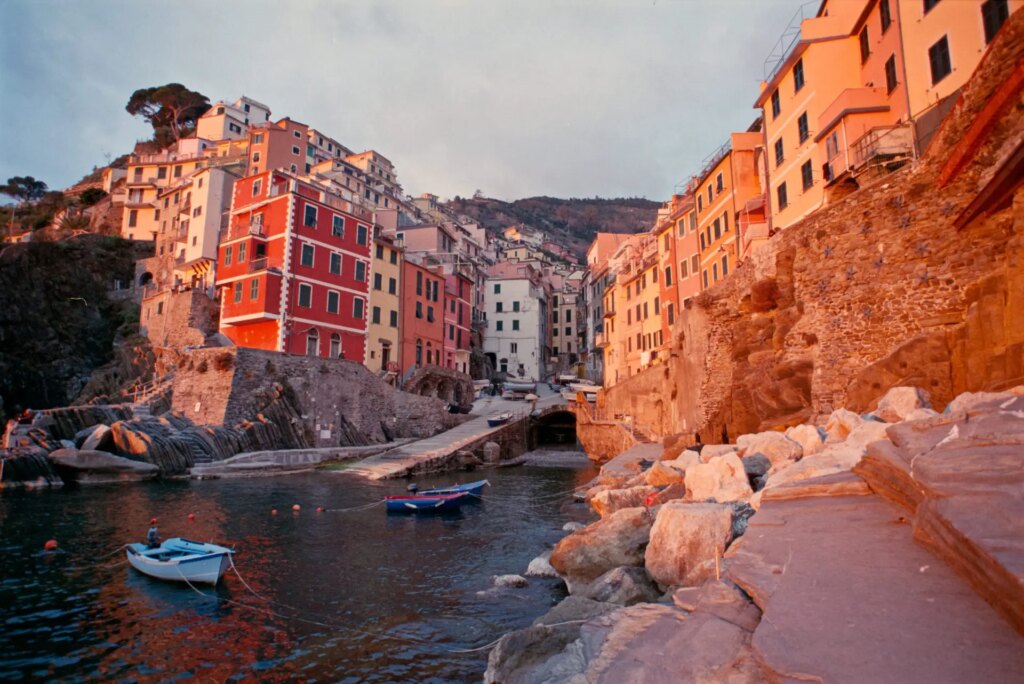
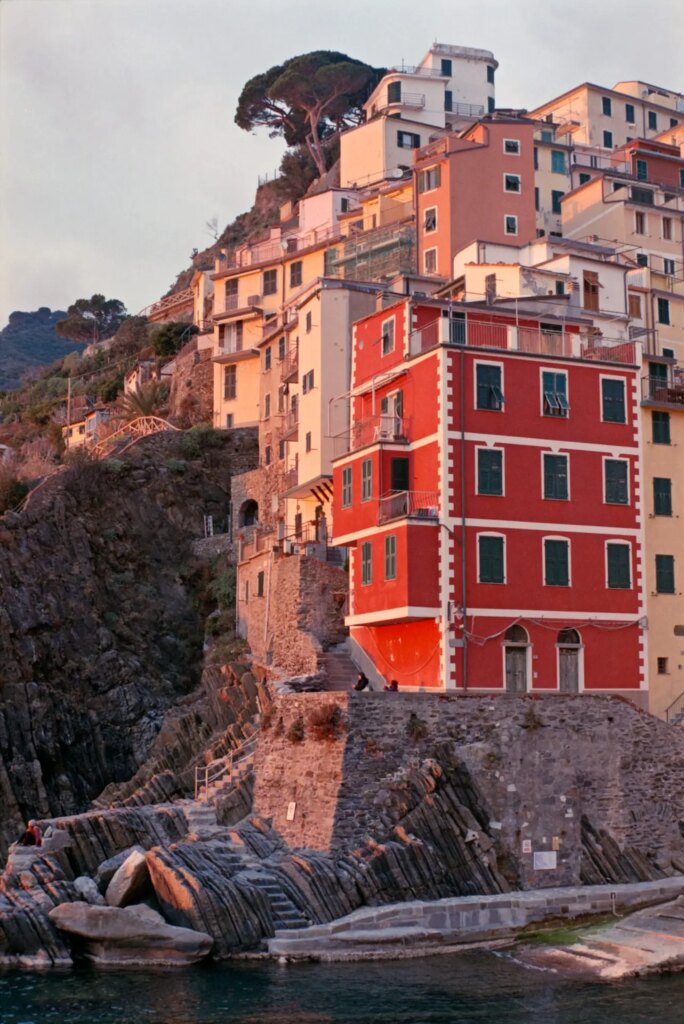
On the last day of the trip, my family and I drove north to Portofino. The sun came out which meant that I could pull out the 200mm ƒ/4 and reliably use it hand-held. I love this focal length but it can be difficult without medium to high speed film and a tripod. Thankfully, I was using a 400 speed film and it was sunny. I’m not sure why but this area had a few small towers on the hillside and 200mm was the perfect focal length for these scenes.
This first shot is slightly soft. I can’t tell if there was wind in the leaves or if my hand wasn’t steady, or if I missed focus, or all three. Regardless, I think it makes for a somewhat painterly effect and I really like it.
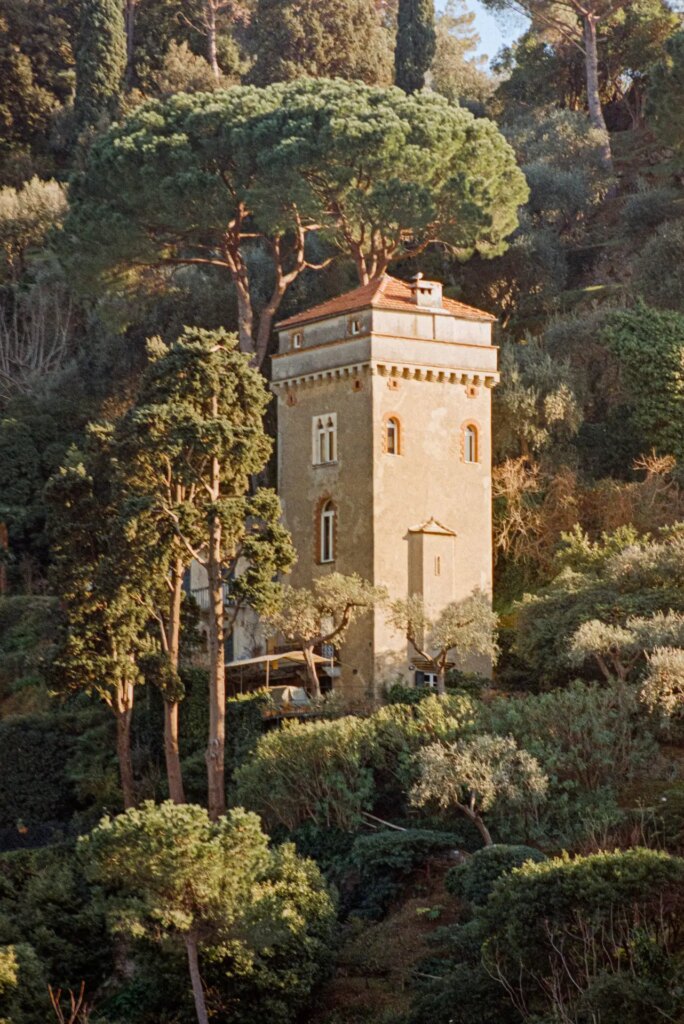
I really like the composition of this second shot but I don’t love the color or the way that Superia handled highlights. Whenever I’m unsatisfied with the color I get from C-41, I manually invert my images in Photoshop to eliminate any bias from the conversion software that I use (Grain2Pixel). Sometimes that does the trick, but in this case, it did not. It’s been a really long time since I’ve shot Portra 400 but I think that it would’ve handled this scene better. That being said, I was still really impressed with Superia, especially since it’s a consumer film.
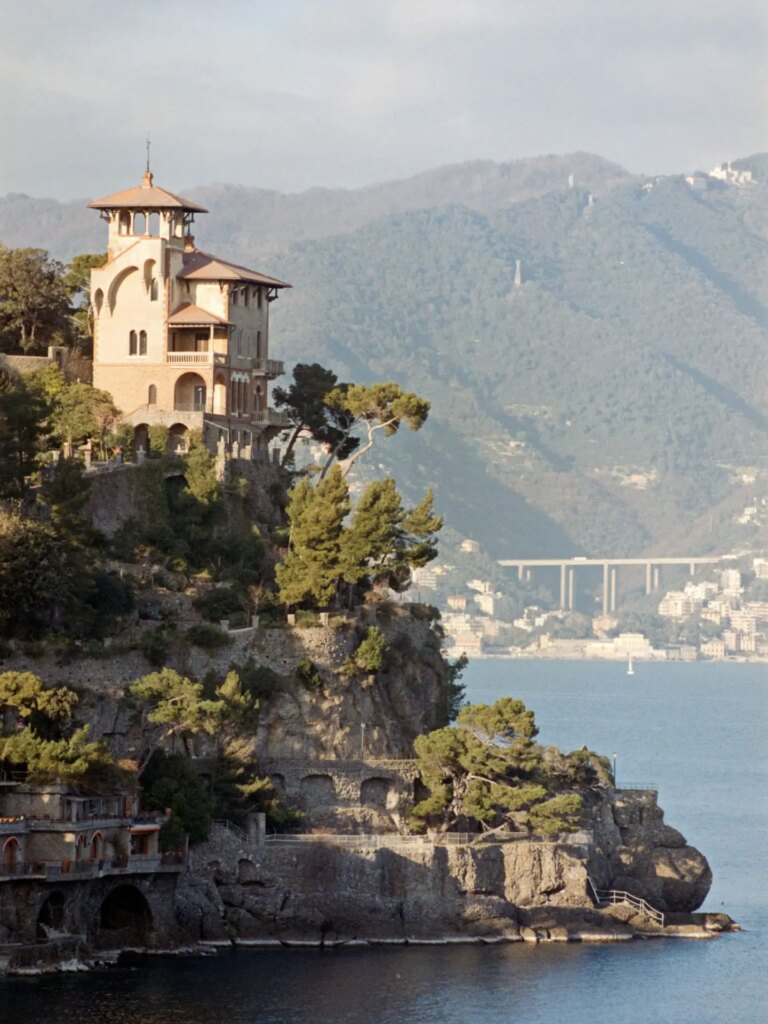
This last shot was taken near the lighthouse in Portofino. I was really excited about the light but I couldn’t quite find a composition that I liked of the lighthouse. I took this instead and I’m pretty happy with it. The color feels exactly how I remember it.
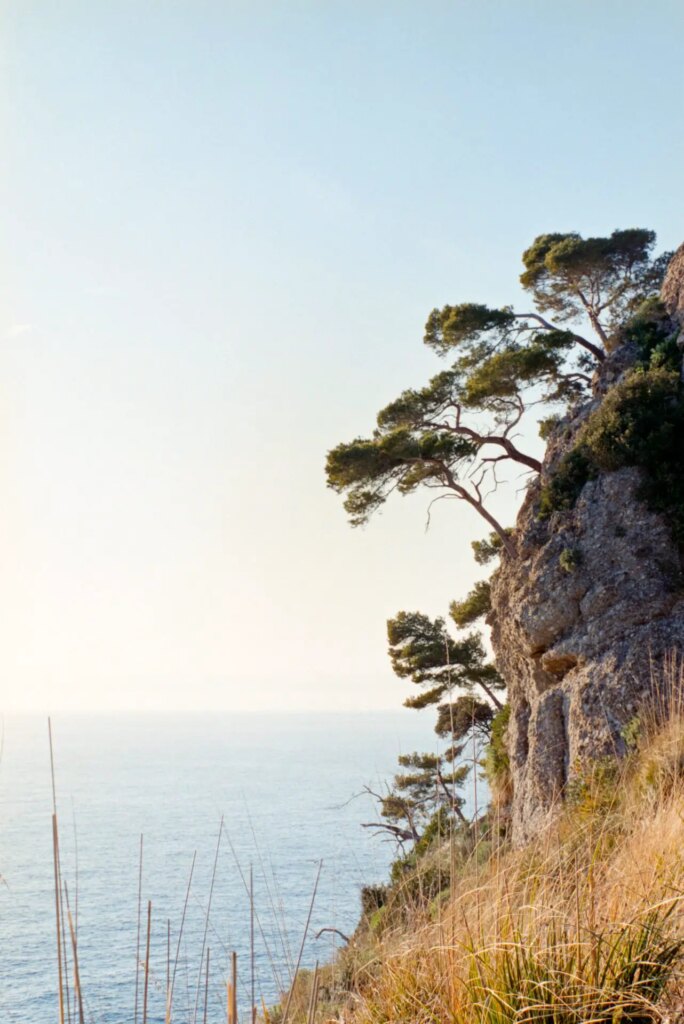
I’ve had my FM2n for over a year now and I really love it. I’ve put probably 15 rolls through it at this point and I don’t have any complaints. The meter is very accurate (great for slides) and the size and weight is just perfect. I probably would’ve been just fine with an FM since I don’t think I’ve used the maximum shutter speed (1/4000th of a second) or the maximum flash sync speed (1/250th of a second) but it’s really nice to know that they’re there, just in case.
I’ve recently started mirrorless scanning with my X-T2 and I thought it might be worth mentioning that I use Grain2Pixel to invert my negatives. It’s definitely a bit of a hassle to get set up, but now that I’ve refined my process a bit more, I’ve gotten really good results. It always seems to be in the shadow of Negative Lab Pro, but being completely free, I think it’s a fantastic option, especially for budget oriented shooters.
Thank you for reading! If you want to see more of my work, you can visit my website westenskow.com or my instagram @samwestenskow.photo
Share this post:
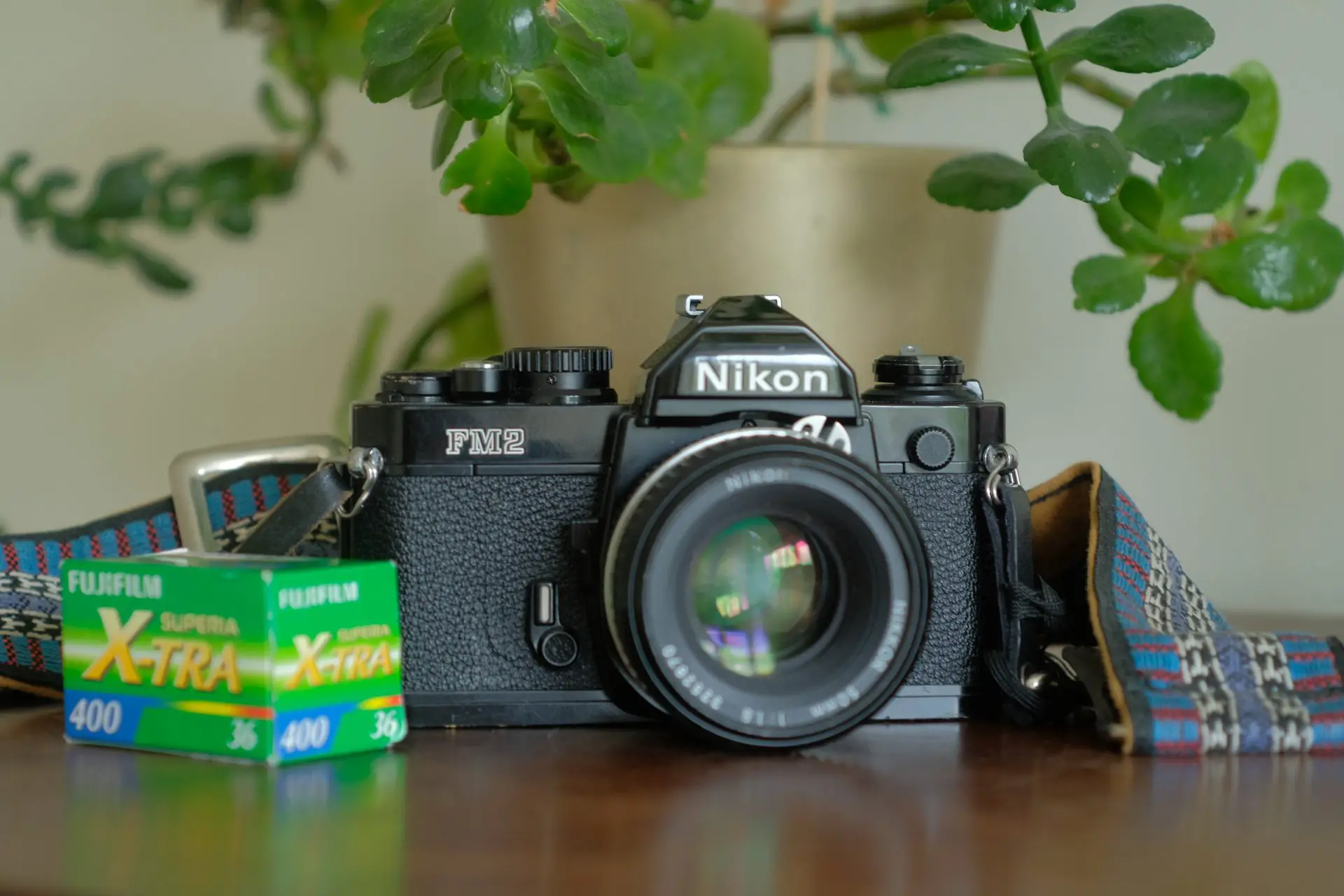
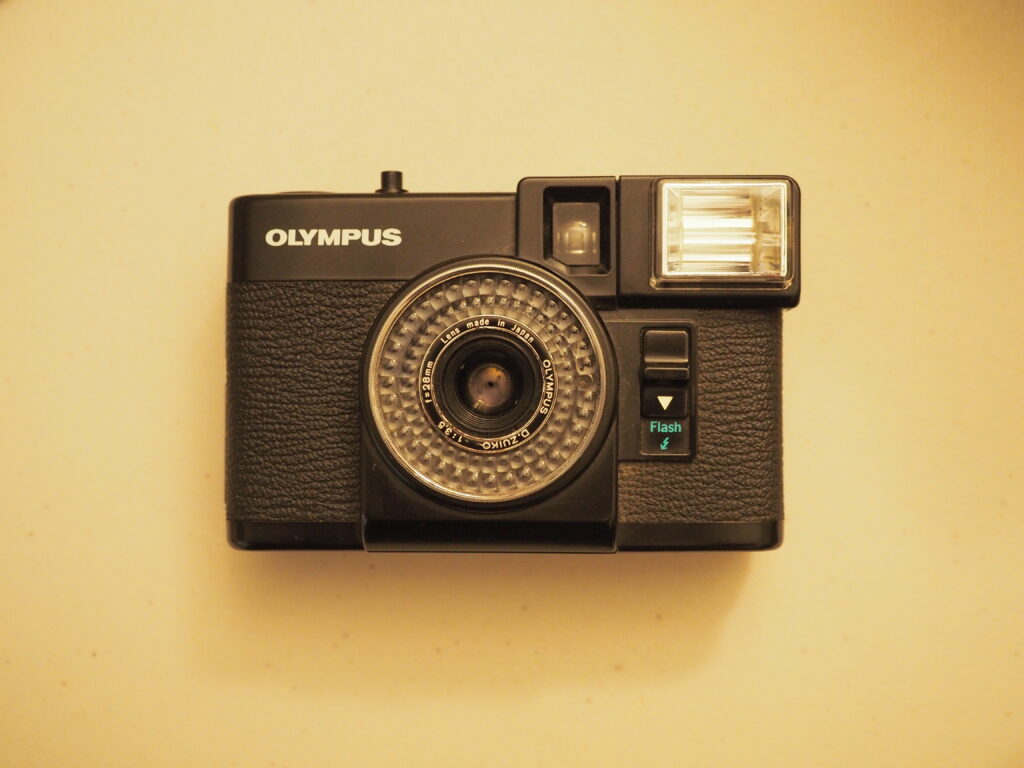
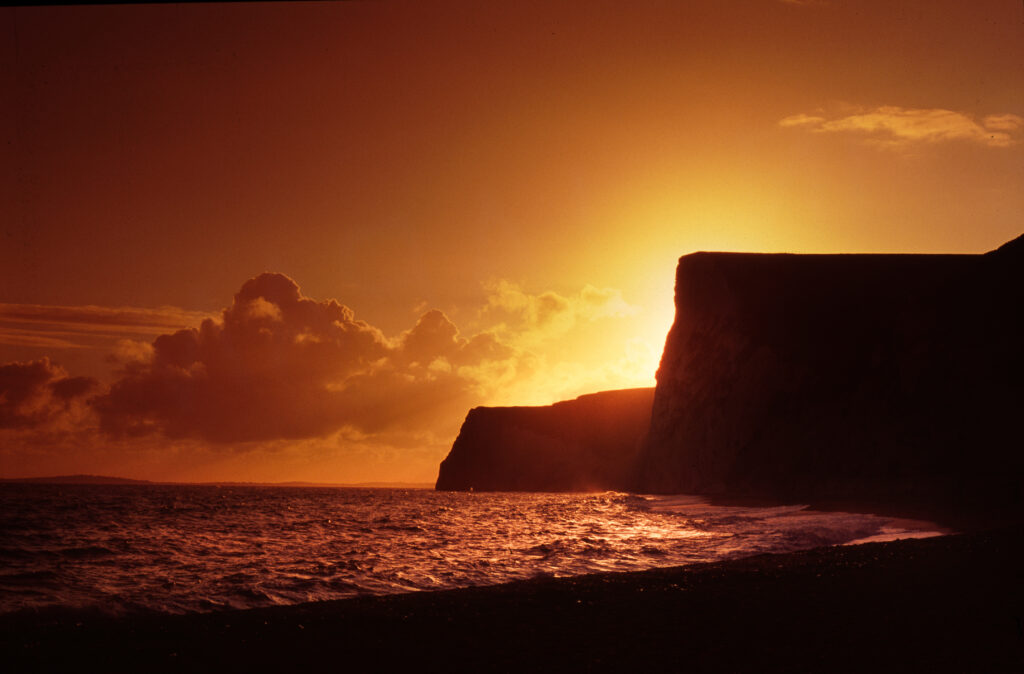
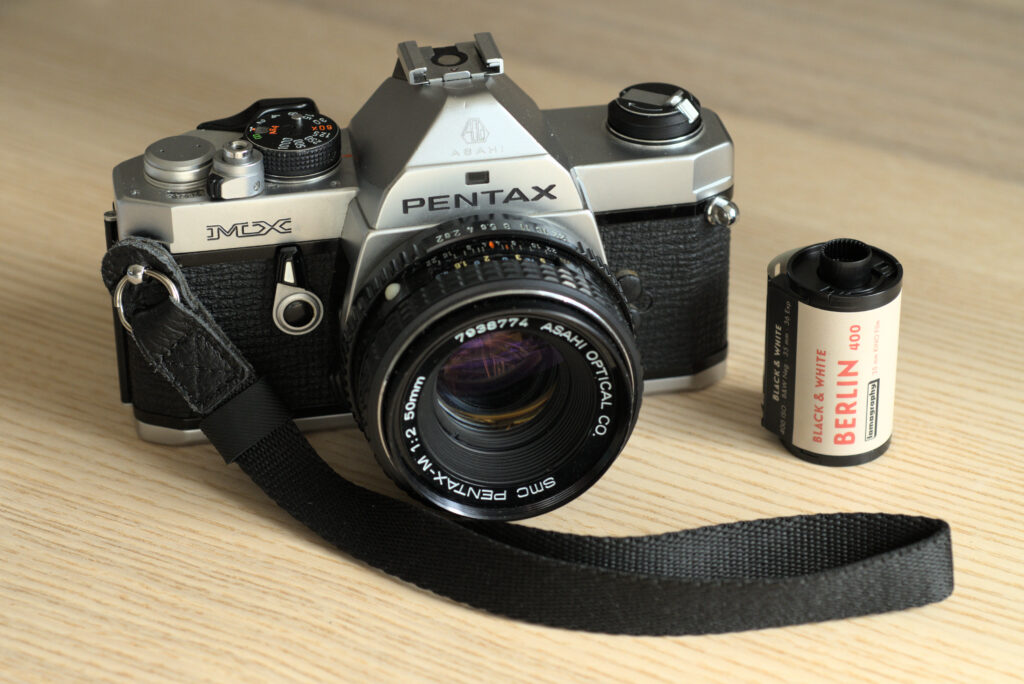
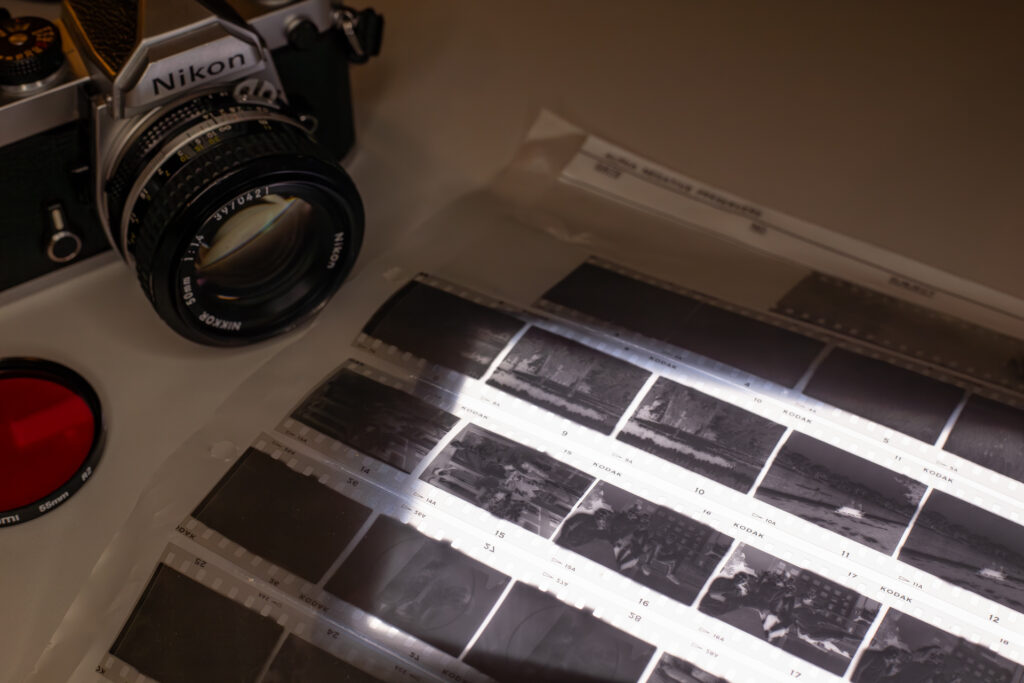




Comments
Gus on 5 Frames in Italy With the Nikon FM2n and a Roll of Fujifilm Superia X-Tra 400
Comment posted: 13/06/2023
Comment posted: 13/06/2023
David Read Tarditi on 5 Frames in Italy With the Nikon FM2n and a Roll of Fujifilm Superia X-Tra 400
Comment posted: 13/06/2023
Very lifelike-shadows, natural lighting. Looked at your other portfolio drop dead excellent!
Dave T
Comment posted: 13/06/2023
Brad on 5 Frames in Italy With the Nikon FM2n and a Roll of Fujifilm Superia X-Tra 400
Comment posted: 13/06/2023
Comment posted: 13/06/2023
Gil Aegerter on 5 Frames in Italy With the Nikon FM2n and a Roll of Fujifilm Superia X-Tra 400
Comment posted: 13/06/2023
Comment posted: 13/06/2023
Ibraar Hussain on 5 Frames in Italy With the Nikon FM2n and a Roll of Fujifilm Superia X-Tra 400
Comment posted: 13/06/2023
I used to shoot Fuji Reala 100 once upon a time. Now only B&W and E6
Comment posted: 13/06/2023
Comment posted: 13/06/2023
Castelli Daniel on 5 Frames in Italy With the Nikon FM2n and a Roll of Fujifilm Superia X-Tra 400
Comment posted: 13/06/2023
Nice write-up. You’ve got a good eye. I will disagree with you on one photo - the shot w/the 20mm of the sun on the buildings places them in context with the landscape. I’d hang that one on my wall.
Comment posted: 13/06/2023
Julian Tanase on 5 Frames in Italy With the Nikon FM2n and a Roll of Fujifilm Superia X-Tra 400
Comment posted: 14/06/2023
I do have the same lens (200), usually on my F4 with mixed results, if I do not use a tripod.
Again, thank you for sharing your story and photographs, really inspiring !
Comment posted: 14/06/2023
Anders Lewis on 5 Frames in Italy With the Nikon FM2n and a Roll of Fujifilm Superia X-Tra 400
Comment posted: 17/06/2023
Wow, what beautiful shots! I love that "soft" photo, it's a great example of how uber-sharpness is not the end all be all of photography. Character and softness - two concepts I'm learning about every day - are fascinating elements to experiment with as you discover your photography style and flow.
I agree with your assessment of Superia; it's the first film I started on! It has a tendency to blow highlights in an odd way, but I think you've reigned them in and made them work. I'd be curious what those Portofino shots would have looked like with the Ektar still inside the camera.
Awesome stuff Sam!